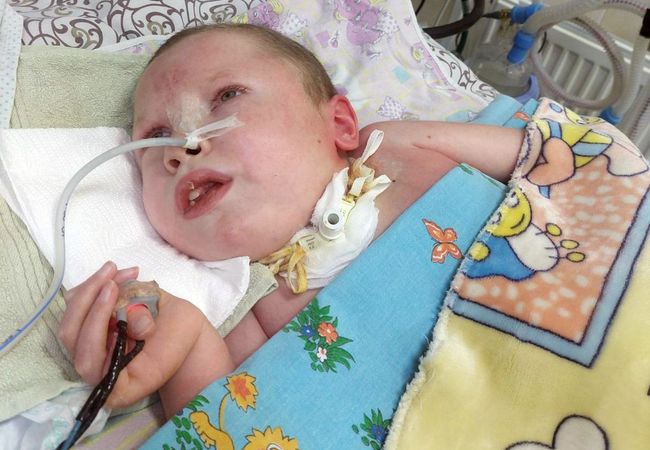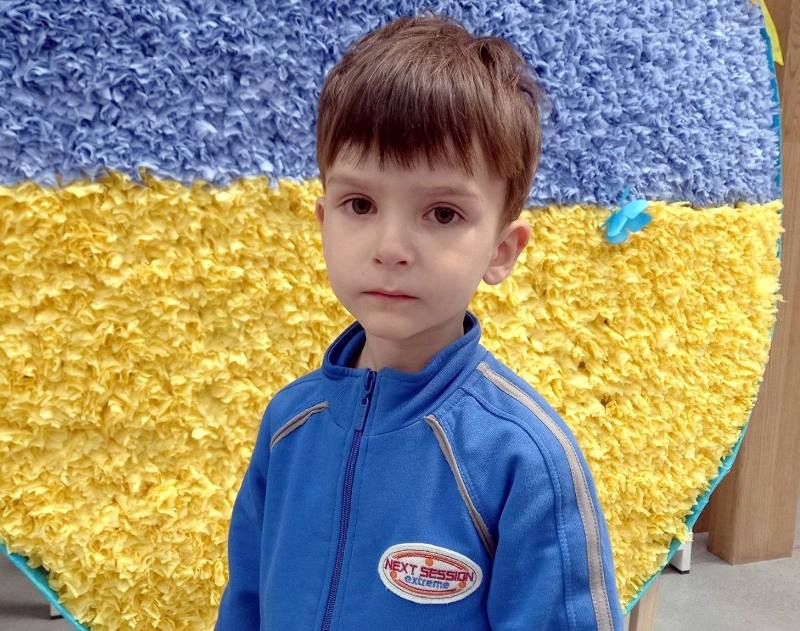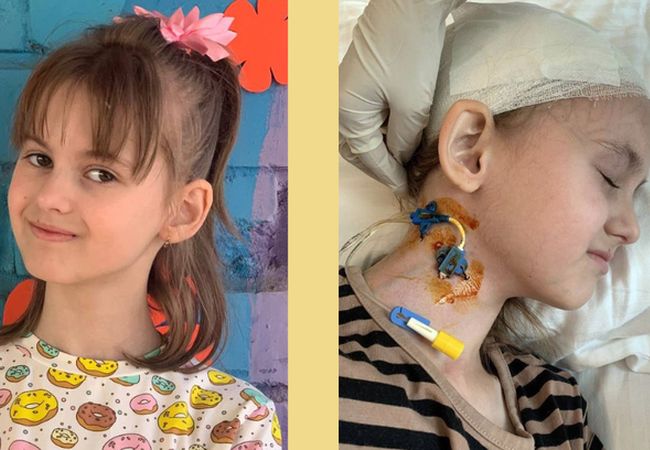Several weeks ago BBC 4 (UK) released a stunning documentary by Kate Blewett, вАЬUkraineвАЩs Forgotten ChildrenвАЭ. The film offers the most complete and accurate picture so far of the warehouse system for disabled children and adults. Rooted in outdated soviet social policy, that system stubbornly resists change. Featured in the documentary is an internat (called an вАЬinstituteвАЭ in the film) located in southeastern Ukraine. This internat happens to be Kalinovka, formerly the Mennonite estate вАЬSteinbachвАЭ established by Wiens, Schmidt, and Dick relatives in the 1830s. IвАЩve visited four times; in the last few years several courageous students, Andrew Shenk, Amanda Thorstad, and Julia Romanova, have served at Kalinovka as volunteers. They know the children well. The entire film may be viewed on YouTube at:
It runs for 89 minutes.
Here is my take on the film:
1. Kate Blewett and her team were able to film bedridden children inside the internat that have previously been off-limits to most visitors. This is largely due to the new internat directorвАЩs openness to outsiders, which in turn reflects the good working relationship that Albert Pavlov and his team at the charitable group Happy Child in Zaporizhzhia have created over the last five years with the director.

Kate Blewett, director of the orphanage, doctor and Albert watching a video about one adopted child from the orphanage
2. The photography, sound, and editing of the film are quite good. You will see striking, rather bleak images of the Ukrainian steppe landscape during the fall and winter of 2011. The hard physical conditions under which all rural Ukrainians live are starkly evident.

Winter at the orphanage
3. The film makes clear that the Kalinovka internat counts as just one of hundreds of similar internats in Ukraine for special-needs children and probably an equal number for disabled adults. Kate Blewett interviews several adult men about their lives in internats. They expose a sad truth: if Social Protection officials label you as disabled or feebleminded and send you to an internat when you are a small child, you will be in the system for life; you will probably never see your mother, father, or relatives; you will not receive an education; medical and dental care will be minimal; you will die in an internat. In the Molochna area of southeastern Ukraine (formerly a Mennonite region), there are several such warehouses for disabled adults. One big institution for disabled men is located at Ohrloff, a village not far from Kalinovka. When I toured the Ohrloff facility in 2005, some 300 men were institutionalized there. The head nurse pleaded for outside help. I saw fenced pens where they locked up men who sometimes got out of control. Boys from Kalinovka may be sent to this institution when they reach eighteen. There is a similar internat for women in the region, too. One wishes that the filmmakers had cast a wider net.

Young men from the orphanage in Kalinovka
4. Tanya, an interviewee in the film, wastes no time getting to the hard reality: funded by the state, the internat system is вАЬbolshoi biznessвАЭ upon which many folks depend for a living. That is especially true at Kalinovka: many women in the surrounding villages work as caregivers at the internat. If the internat were to close, the local economy would tank. A steady inflow of disabled children is needed to maintain state funding and keep everyone employed. Parents will keep abandoning special-needs children as long as there is encouragement to sign them over to the state.
5. The filmmakers recognize that injustices to both children and adults trapped in the internat system will not end until the whole system collapses and new policies take root. But without persistent pressure from outside that will not happen. (Since visiting Steinbach/ Kalinovka for the first time in 1999, I have felt that should the larger Mennonite community became involved, this internat could become a model for the treatment of special-needs children in Ukraine. Initial efforts along these lines did not bear fruit.)
6. The documentary does not explain that there are two kinds of internats: those for the disabled (the filmвАЩs focus), and those for вАЬnormalвАЭ children (also вАЬsocial orphansвАЭ) who have been removed from families and placed in internats because of family dysfunction. This latter group of internats falls under the jurisdiction of the Ministry of Education, Science, Sport, and Youth. Children assigned to these internats also lag behind in the development of social, intellectual, and occupational skills.
7. Happy Child, the fine Ukrainian charity based in Zaporizhzhia that we support, receives no credit whatsoever in the film, even though it has been this groupвАЩs efforts at Kalinovka since 2007 that have made many improvements possible. The group home just recently created in the renovated Nikolai and Justine Dick Schmidt house is a prime example of Happy ChildвАЩs activity. Happy Child funding also pays for teachers to work with the children and provides nutritional supplements, diapers, wheelchairs, etc. Happy Child is actively involved in programs for вАЬnormal-childвАЭ internats. Perhaps the filmmakers simply could not fit the whole story into the film and some parts were left on the cutting floor. Perhaps it was considered risky to highlight Happy ChildвАЩs role because it would show state officials in a bad light.
8. One last comment: Nadya, the young girl with the вАЬbrain cystвАЭ and beautiful eyes, came to Kalinovka in 2005, before Happy Child entered the scene. She had an encephalocele, a congenital, incomplete closure of the skull in which part of the brain is exposed. This defect might have been repairable, but someone higher up in the system decided against treatment when she was a baby, and she was sent to Kalinovka to die. I failed at the time to find a way for her to be seen by a neurosurgeon. She lived for seven more years, never leaving her bed, and died just as the documentary was being completed. As I grieve for this beautiful child and what she might have become, I feel the weight of my own failure.

Nadya
Your comments on the documentary would be most welcome. E-mail to me at dsudermann@charter.net.



